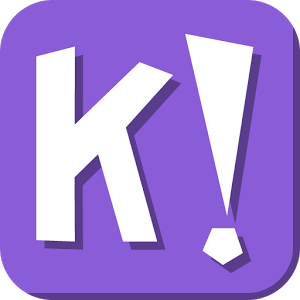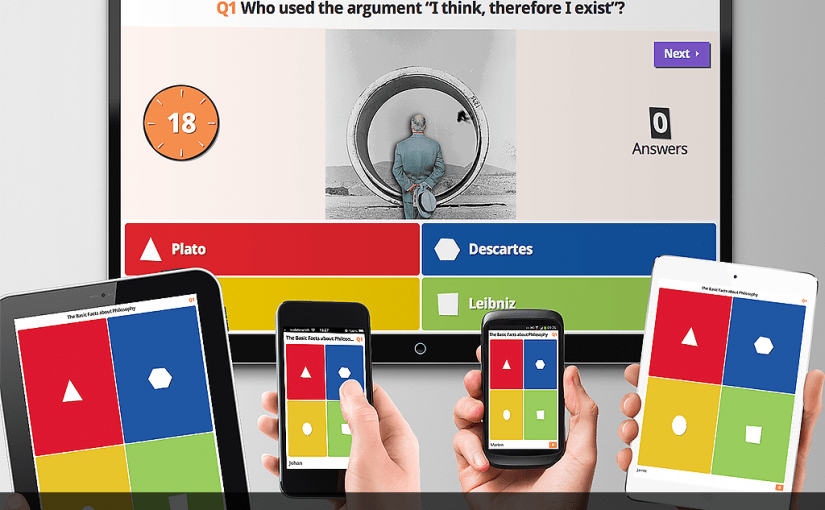 I attended a community event a few weeks ago at a local theater. Before the event started, a quiz game was running on the big screen. And anyone could join in and play if they had a personal electronic device and the game code entered into their web browser on the device. The game code was posted on the big screen before the game started. Lots of people in the theater played. The game kept score of the players based on correct answers and the speed in which they answered. At the end of the game, the winner was posted on the screen and the young man came forward to receive a prize.
I attended a community event a few weeks ago at a local theater. Before the event started, a quiz game was running on the big screen. And anyone could join in and play if they had a personal electronic device and the game code entered into their web browser on the device. The game code was posted on the big screen before the game started. Lots of people in the theater played. The game kept score of the players based on correct answers and the speed in which they answered. At the end of the game, the winner was posted on the screen and the young man came forward to receive a prize.
The online platform used was called Kahoot. It is an app, but it also has an old-fashioned website so that players can play without having to download the app or even register with an email and password (which I love).
I had an event at which I was speaking a few days later, and I dove into Kahoot to find out how to use it myself at this event. I was so glad I did, because I found out how much fun it is for both the teacher and the learners.
So here is how it works. First of all, it is free (for now…currently they make money by offering it to large corporate clients who use it for various purposes). While you do not need to register an email and password in order to play, do you have to register if you want to administer Kahoot games. Once you sign up for an account, you can write your own trivia games or select one from the thousands that have been uploaded by different users. You can browse by keyword, and you can pre-scan the questions and answers of each uploaded game so you can see if it is one you want to use or not.
This event I spoke at was a family retreat for a church in Texas, so we did trivia games in three different categories: Bible, Texas facts, and Disney. The crowd loved it. Since the event was for families, we played the option of one device per team (per family) and everyone gathered around the device and tapped the multiple choice selection on their device. You can also set up the game to be every-person-for-themselves, but that only works if everyone has their own device.
Apparently, there are many more uses for Kahoot than just trivia games. That is nice because trivia can sometimes be merely that: trivial. You can use it for crowd-sourcing, opinion gathering, voting/polling, testing, and real-time feedback and input on public speaking presentations. Basically, if you need to gather information from a crowd, whether in a fun game or in something more serious, this app lets you do that in a simple and user-friendly way.
Check it out and discover all the great uses here: kahoot.it


 I went on a camping trip with some friends this past weekend at a local state park. We went on a hike through the woods and at one point we came into a clearing where about five acres of large-growth pines and other trees had been bulldozed – on state park property. It was quite an eyesore on such a tranquil hike, so one of my friends asked the park ranger about the clearing.
I went on a camping trip with some friends this past weekend at a local state park. We went on a hike through the woods and at one point we came into a clearing where about five acres of large-growth pines and other trees had been bulldozed – on state park property. It was quite an eyesore on such a tranquil hike, so one of my friends asked the park ranger about the clearing.